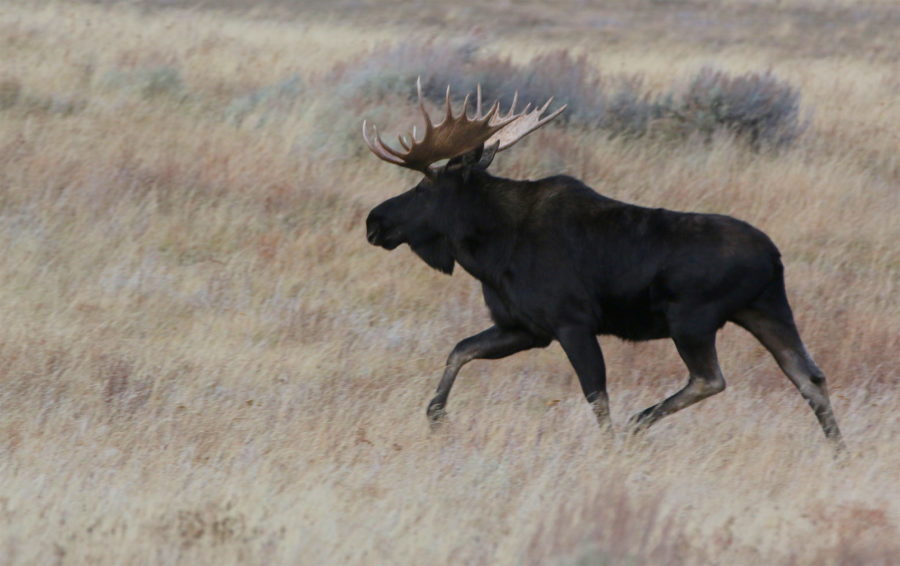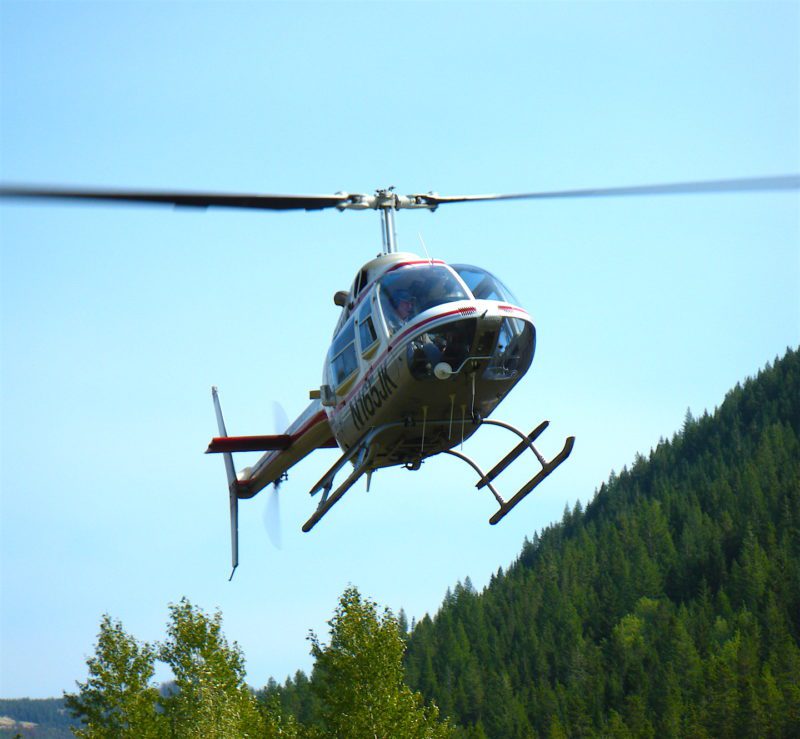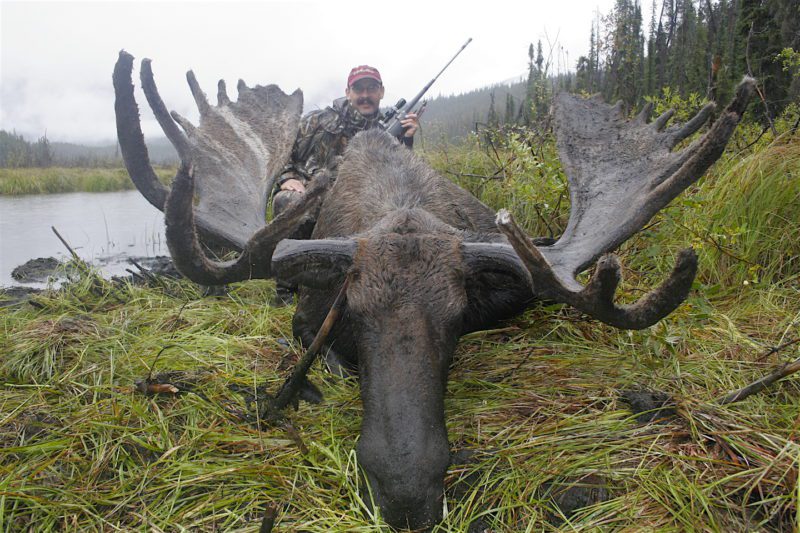Consider the $731,000 Canadians have spent hiring First Nations people — Mi’kmaq hunters, according to the news report I read — to “hunt” moose that have been destroying the forest in Cape Breton Highlands National Park by eating too many trees. This is what hunters commonly reference as overbrowsing and anti-hunters call nonsense because it doesn’t happen and leave nature alone because she can handle herself. (Men are from Mars, Women from Venus, and how we got on this planet where we aren’t part of the natural scheme of things I don’t know, but I digress.)
Meanwhile, back at the government moose hunt, the cost, roughly $7,900 per dead moose, is so high because the hunts are done with the aid of helicopters, park rangers, pilots, conservation managers, and Royal Canadian Mounted Police.
You’ve got to be kidding. Canada pays hunters to hunt moose? And they’re hiring professionals to help native peoples who’ve been hunting moose all by their lonesome for some 4,000 years, give or take a millennia? And they’re flying helicopters into a national park? Down here we can’t even ride a bicycle into a Wilderness Area. Prohibitions on vehicle hunting are standard stuff. What’s the ethics code up there? But I digress yet again. Back to the heart of this nonsense.
Uh, Ottawa, don’t you have the Internet up there? Do a quick search of Moose Hunting and you’ll discover that hunters are currently paying various state and provincial governments upwards of $1,500 for permits and tags to hunt moose in forests, bogs, and brushlands around the northern hemisphere. In addition they pay outfitters and guides as much as $25,000 for five to ten days of guided hunting. Monies thus raised not only fuel the economy in remote regions, but pump hundreds of thousands of dollars into fish and game management programs. This has been going on since at least the early 20th century, resulting in healthy rebounds in populations of not only moose, but also elk, whitetail deer, mule deer, pronghorns, bears, cougars, etc. The animals fund their own protection and restoration while the hunters protect the habitat by short circuiting overpopulations.
And that’s not all. This entire “managed sport hunting” operation creates jobs for biologists and conservation officers, for guides, wranglers, cooks, and office managers. It enables people to start companies that manufacture and sell tents, sleeping bags, boots, pants, jackets, knives, backpacks, fire-starters, compasses, canteens, firearms, ammunition, bows, arrows, socks… Sport hunting pretty much ended unsustainable market hunting, too. It’s a classic win win situation with a bunch more win win wins in the mix. Hunters and their friends even get free-range, brush-fed, all-organic meat out of the deal, reducing the need for expensive, methane-gas producing beef production. And all without flying a single helicopter.
It’s a beautiful, sustainable thing. Kind of reminds me of what Mother Nature used to do on planet Earth back in the bad old days when all plants and animals, including humans, interacted in an economy of life living on life in an never ending circle of more life. It’s almost a story line they could make into a movie.
But this isn’t a movie. This is the politically correct 21st century in which government officials and heavy machinery must be used to aid native hunters in extracting $7,900 per moose from the taxpayers of Canada, eh?
The author stands ready for the Canadian government — or even the U.S. govt. — to fly him into the National Park of their choosing to hunt a moose. But they’ll have to agree to do the field dressing.



